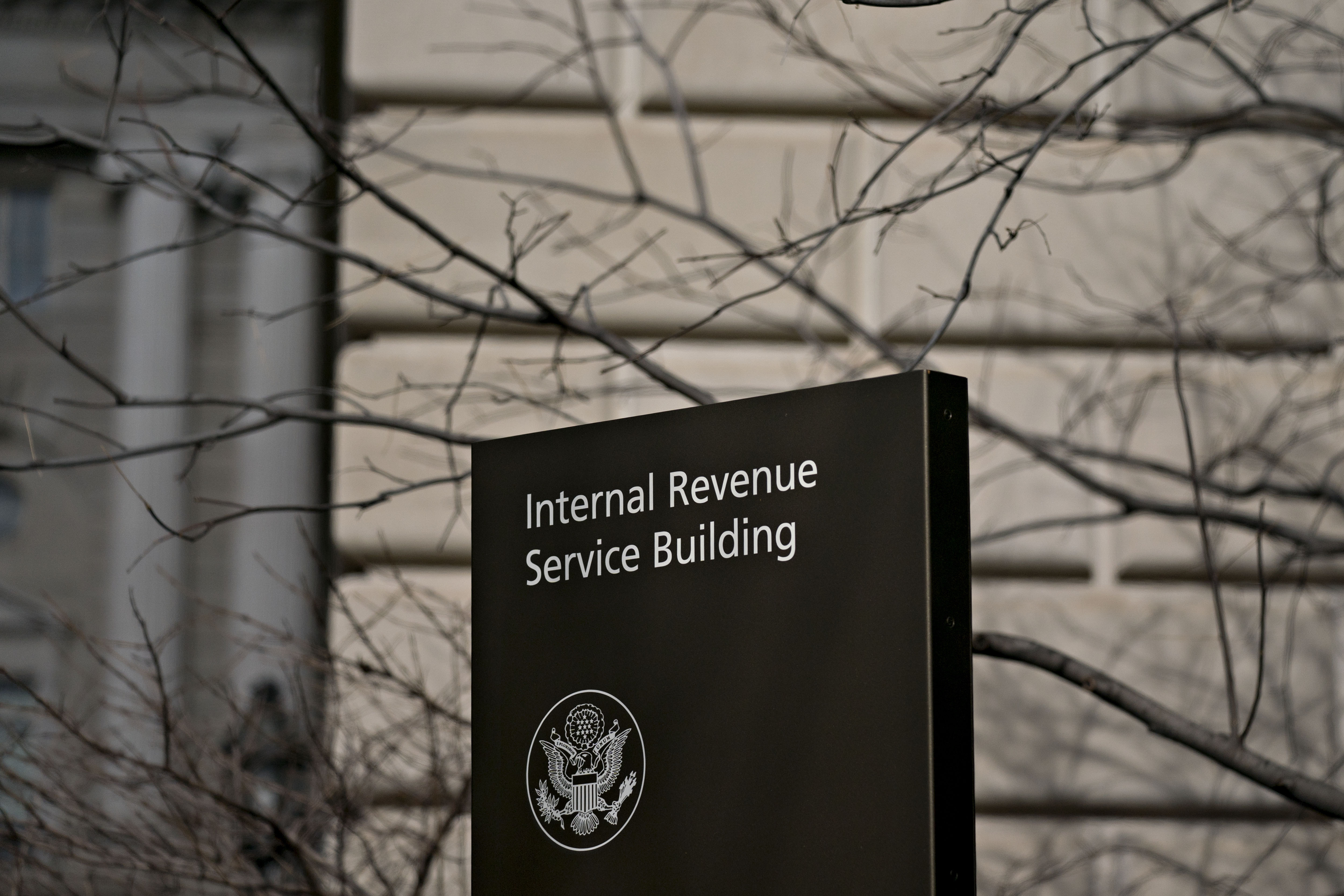The Internal Revenue Service released information on how employees now have until the end of the year to repay any payroll taxes they deferred from last year.
Former President Trump issued a presidential memorandum last August allowing Social Security taxes to be deferred for the rest of 2020, but under the order they had to be repaid by April 30, 2021. Relatively few companies actually implemented the payroll deferral for their employees because there was no guarantee that the deferred payroll taxes would ultimately be forgiven by Congress.
The coronavirus relief package that Congress passed last month only extended the repayment period until the end of this year. However, federal employees and military service members were still required to accept the payroll tax deferral, meaning those taxpayers will be facing smaller paychecks later this year.
In Notice 2021-11, the IRS on Tuesday explained how employers who deferred payroll taxes on behalf of their employees can withhold and pay the deferred taxes throughout 2021 instead of just within the first four months of the year.
The deferral applied to employees who were paid less than $4,000 every two weeks, or an equivalent amount for other pay periods, with each pay period considered separately. The taxes, which are technically called Old Age, Survivors and Disability Insurance, or OASDI, are calculated at 6.2 percent of employees’ wages.
Notice 2021-11 makes changes to last year’s Notice 2020-65 to reflect the extended payment period. Payments made by Jan. 3, 2022, will be considered to be timely because Dec. 31, 2021, is a legal holiday. However, any penalties, interest and additions to tax will now start to apply on Jan. 1, 2022, for any unpaid balances
The IRS cautioned that employees could see their deferred taxes being collected immediately, so employees should check with their organization’s payroll point of contact on what their collection schedule will be.